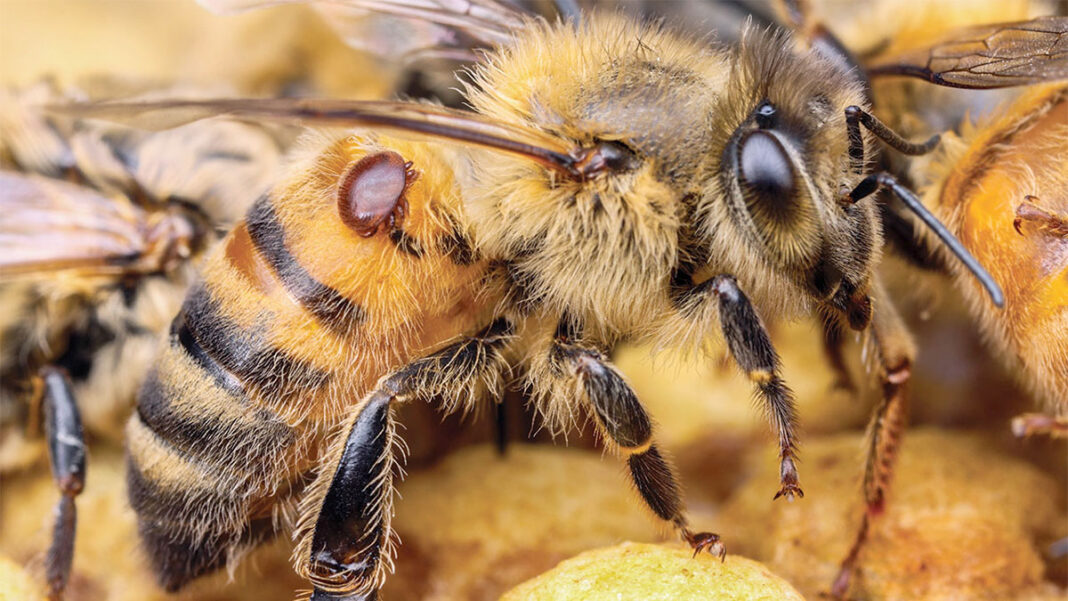Anew advisory committee has been established in response to the threat of varroa destructor to the South Australian bee industry.
Varroa destructor is a distinctive small mite and parasite of the European and Asian honeybee.
It is regarded as the most serious global pest of honeybees with death often occurring to bees in infested hives left untreated.
Since its detection in June last year at Newcastle, varroa has spread within NSW to a point that eradication is considered no longer possible at a national level.
While there are no known varroa cases in South Australia, it is estimated the establishment of varroa mite in Australia could result in losses of over $70m a year to pollination dependent industries across the country.
The new South Australian Varroa Industry Advisory Committee (SAVIAC) will play a key role advising the Department of Primary Industries and Regions (PIRSA) during this transition.
SAVIAC will ensure decisions made in relation to preparing for and managing any potential detections of Varroa in South Australia are being made with the benefit of relevant knowledge and expertise.
The committee will include two representatives from the Beekeepers Society of South Australia (mainly representing recreational beekeepers), two members from the South Australian Apiarists’ Association (mainly representing commercial apiarists) and one representative nominated by the Australian Honey Bee Industry Council, the national body representing the honey bee industry.
There will also be representatives from large commercial beekeepers and the pollination dependent industries.
Specialist members will be on hand to provide expertise in dealing with the environmental impacts of varroa detection and management.
Minister for Primary Industries and Regional Development Clare Scriven said varroa was considered a great threat to Australia’s honey and honeybee pollination plant industries.
“It’s estimated that establishment of varroa destructor in Australia could result in losses of over $70m to pollination dependent industries alone, so it is very important to get its management right,” she said.
“Our new advisory committee, representing key industry stakeholders across industry, will have a key role in providing advice, expertise, and insight to assist PIRSA as it undertakes the planning, implementation and monitoring of our response to the Varroa mite threat.




